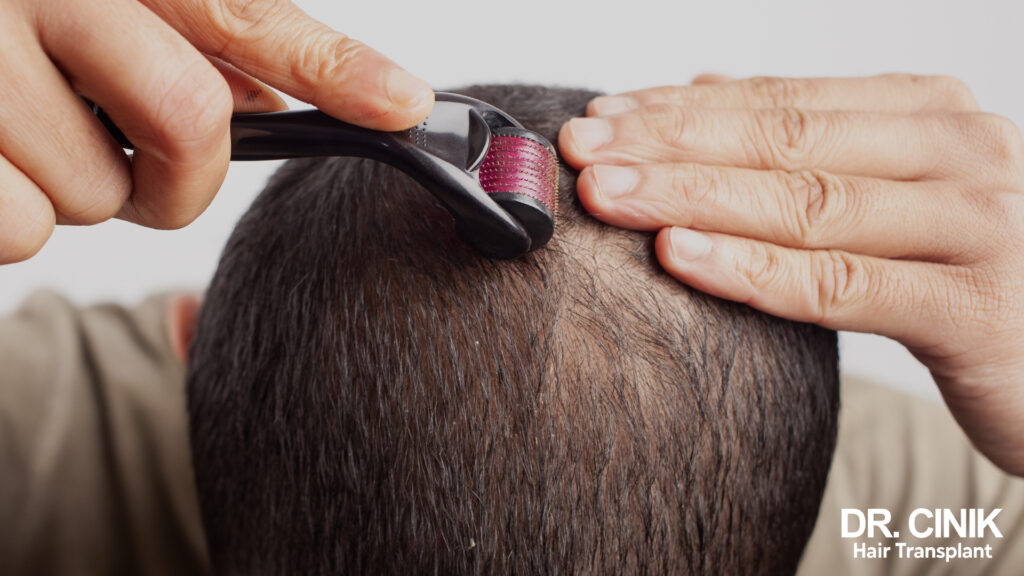Hair Transplant in Hungary vs. Turkey: A Comprehensive Comparison
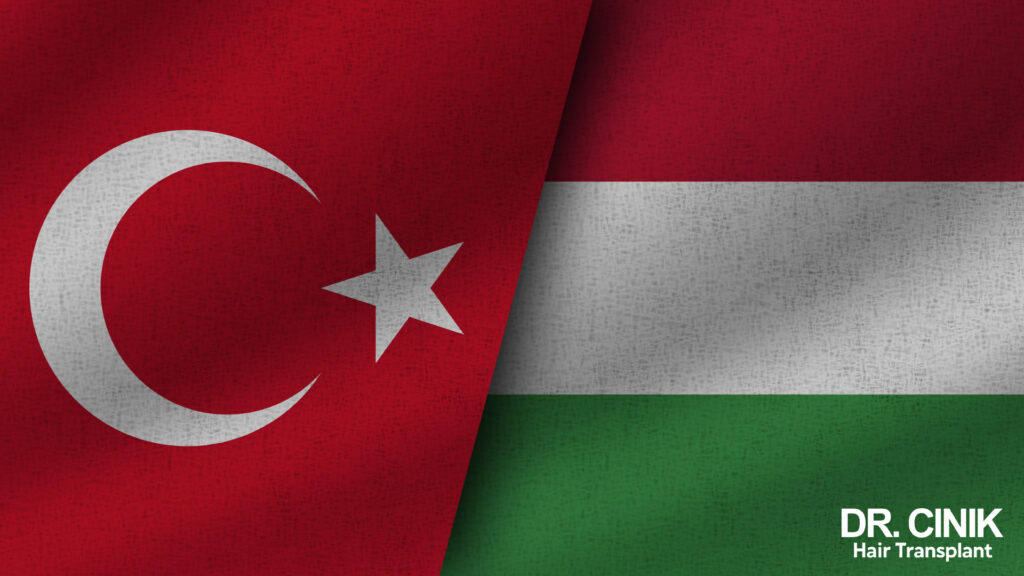
Sommaire
Hair transplantation is the most effective solution for androgenetic alopecia, allowing for the sustainable restoration of natural hair by transplanting follicles from unaffected areas to balding regions. As medical costs rise, many seek quality procedures abroad at more affordable prices. Hungary and Turkey both stand out for their specialised clinics, competitive prices, and high-quality medical services. However, there are notable differences between the two countries that potential patients should consider.
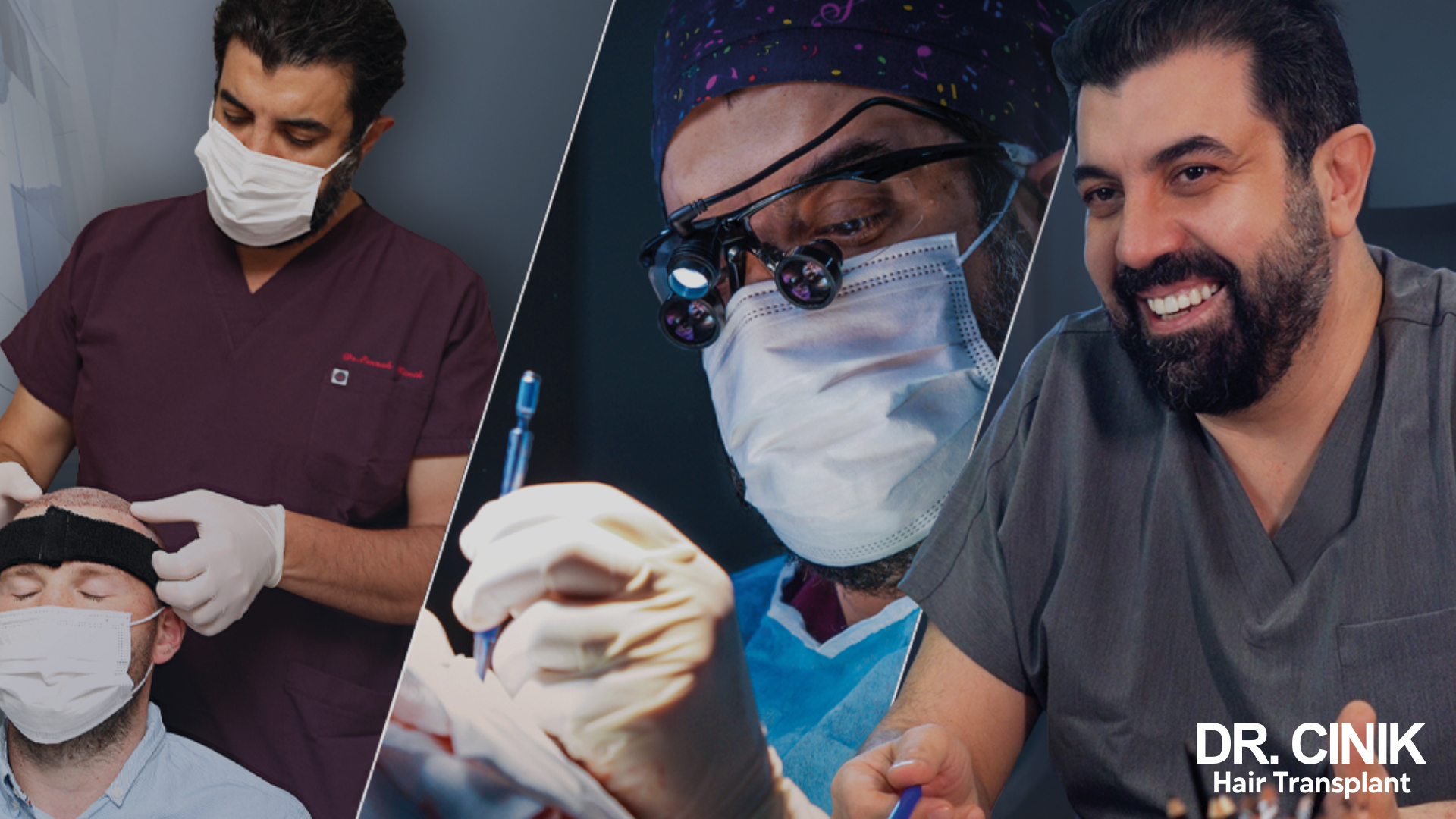
Hungary: From Dental Destination to Hair Transplants
Hungary, long popular for dental tourism due to its high-quality care and attractive prices, is now expanding into hair transplants. Hungarian clinics offer FUE transplants, a minimally invasive method that individually extracts follicles from the scalp for transplantation into balding areas. However, these teams have less experience with advanced FUE techniques like Sapphire FUE, which uses sapphire blades for finer incisions, or Direct Hair Implantation (DHI), which transplants follicles directly without pre-incisions.

While functional and professional, Hungarian clinics may not always match the high standards of Turkish establishments. However, one of Hungary’s main advantages is its prices, which are among the lowest in the EU for hair transplantation, making it attractive for budget-conscious patients seeking effective surgery without prohibitive costs.
Patients considering a hair transplant in Hungary should research the clinic, verify the surgeons’ competence, and understand the services included in the price to ensure the best possible experience and results.
Turkey: The World Leader in Hair Transplantation
Turkey has become the world leader in hair transplantation, distinguished as the benchmark for patients seeking quality hair transplants at affordable prices. Turkish surgeons are recognised for their expertise and pioneering role in adopting and refining advanced methods like Sapphire FUE and DHI, which promise natural results and shorter recovery periods.

Turkey is also renowned for its unmatched experience in welcoming international patients, with thousands visiting yearly for hair treatments. This constant influx has allowed local clinics and surgeons to perfect their services to meet the needs of a diverse clientele.
In addition to high-quality care, Turkey’s exceptional price-quality ratio for hair transplants attracts patients. All-inclusive packages often encompass treatment, accommodation, transfers, and sometimes interpretation services, making the experience economically beneficial, convenient, and hassle-free.
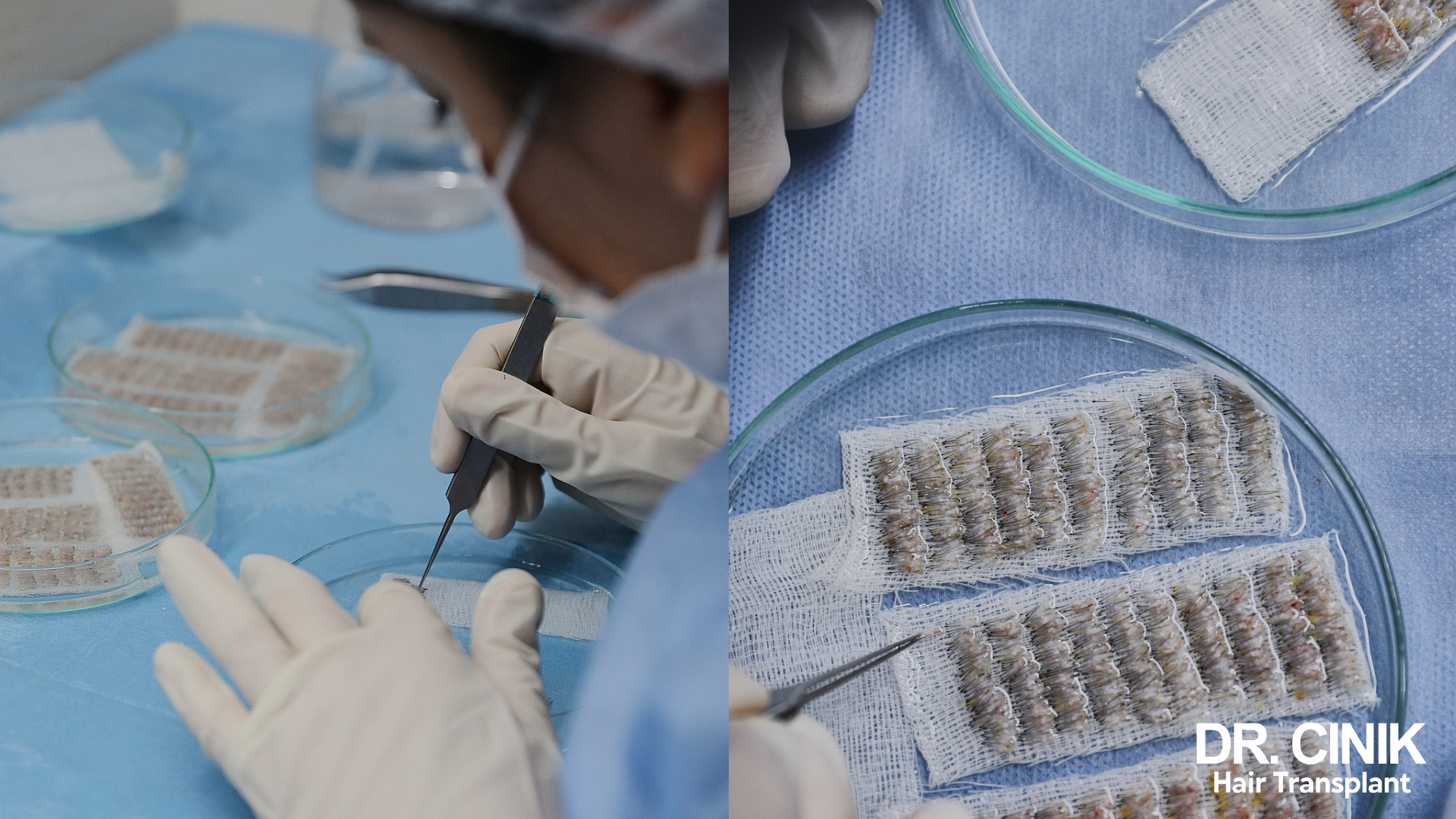
This high level of service and competitive costs position Turkey as a key player in hair transplantation, justifying its status as the preferred destination for patients worldwide.
Hungary vs. Turkey: Key Comparison Points
| Criteria | Hungary | Turkey |
| Costs | Around €2,700 for 2,000 grafts | From €2,300 for unlimited grafts |
| Techniques | FUE, limited experience in Sapphire FUE and DHI | FUE, Sapphire FUE, DHI, manual implantation, latest innovations |
| Surgeon Experience | Beginning experience in hair transplantation, expertise mainly in dental tourism | Global pioneers of hair transplantation, recognised for their know-how |
| Clinics and Equipment | Adequate infrastructure, standards below Turkish clinics | State-of-the-art specialised clinics, cutting-edge equipment |
| International Patients | Limited perspective, small international patient base | Thousands of foreign patients each year, a global customer base |
| Support and Follow-up | Adequate support, remote post-operative monitoring | Comprehensive support (transfers, hotel, etc.), personalised short and long-term follow-up |
Transplant Techniques: A Key Success Factor
Hair transplant techniques have evolved significantly, with innovations offering increasingly natural results and faster recoveries. Understanding the differences between available methods is essential for choosing the most suitable treatment.
Follicular Unit Extraction (FUE)
One of the most common techniques, FUE, involves extracting individual hair follicles from the donor area, usually the back of the head, and transplanting them into balding areas. This method leaves minimal scarring and offers quick recovery.
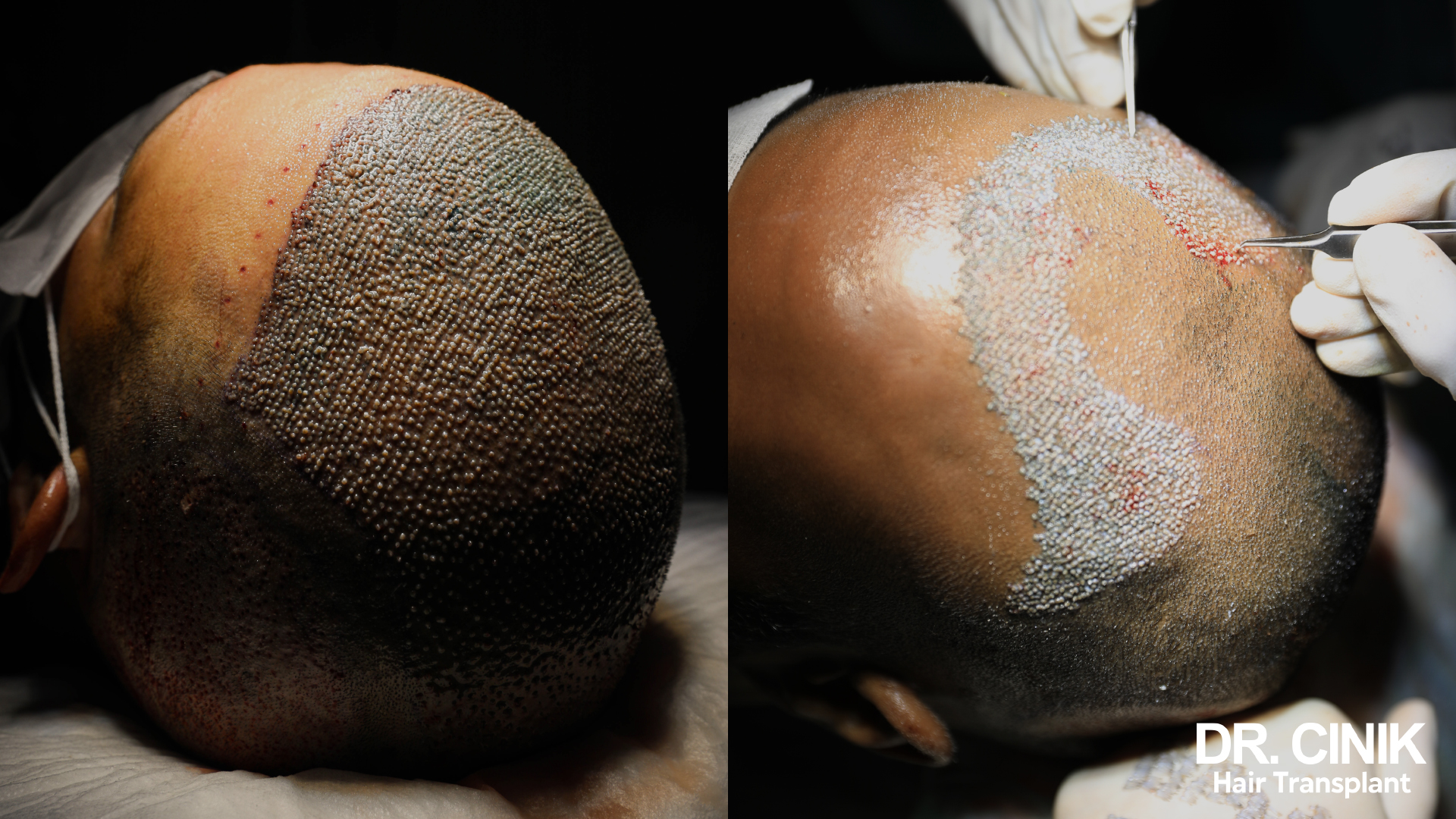
Sapphire FUE
A variation of FUE, Sapphire FUE uses sapphire blades instead of traditional steel for incisions in the recipient area. Sapphire blades are thinner and sharper, allowing for more precise incisions, better hair density, and potentially reduced tissue damage, resulting in faster and less visible healing.
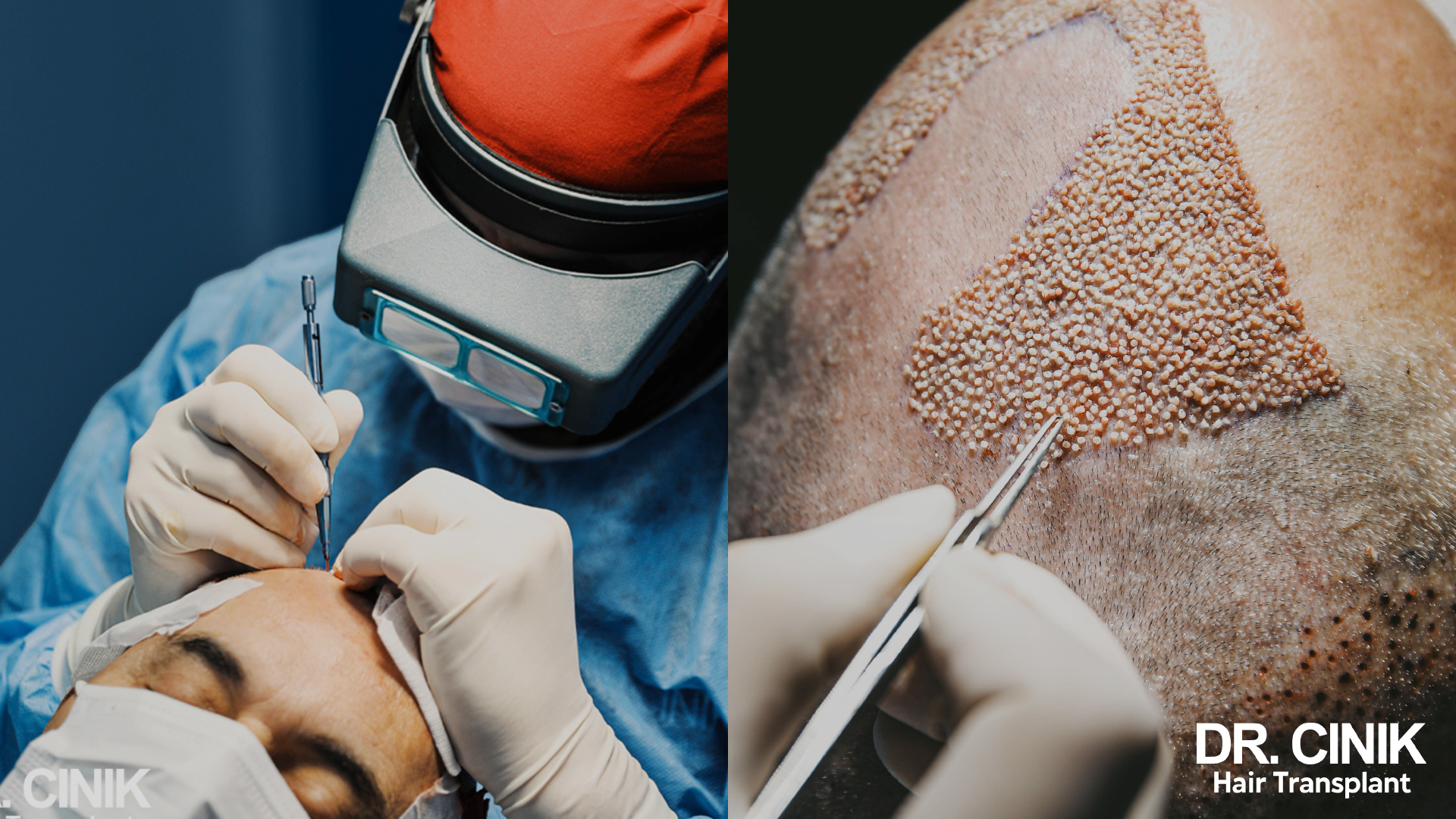
Direct Hair Implantation (DHI)
With DHI, follicles are extracted and immediately implanted individually into the balding area using a specialised stylus, the “Choi pen,” without needing pre-incisions. This increases control over graft depth and angle placement, creating an even more natural appearance.
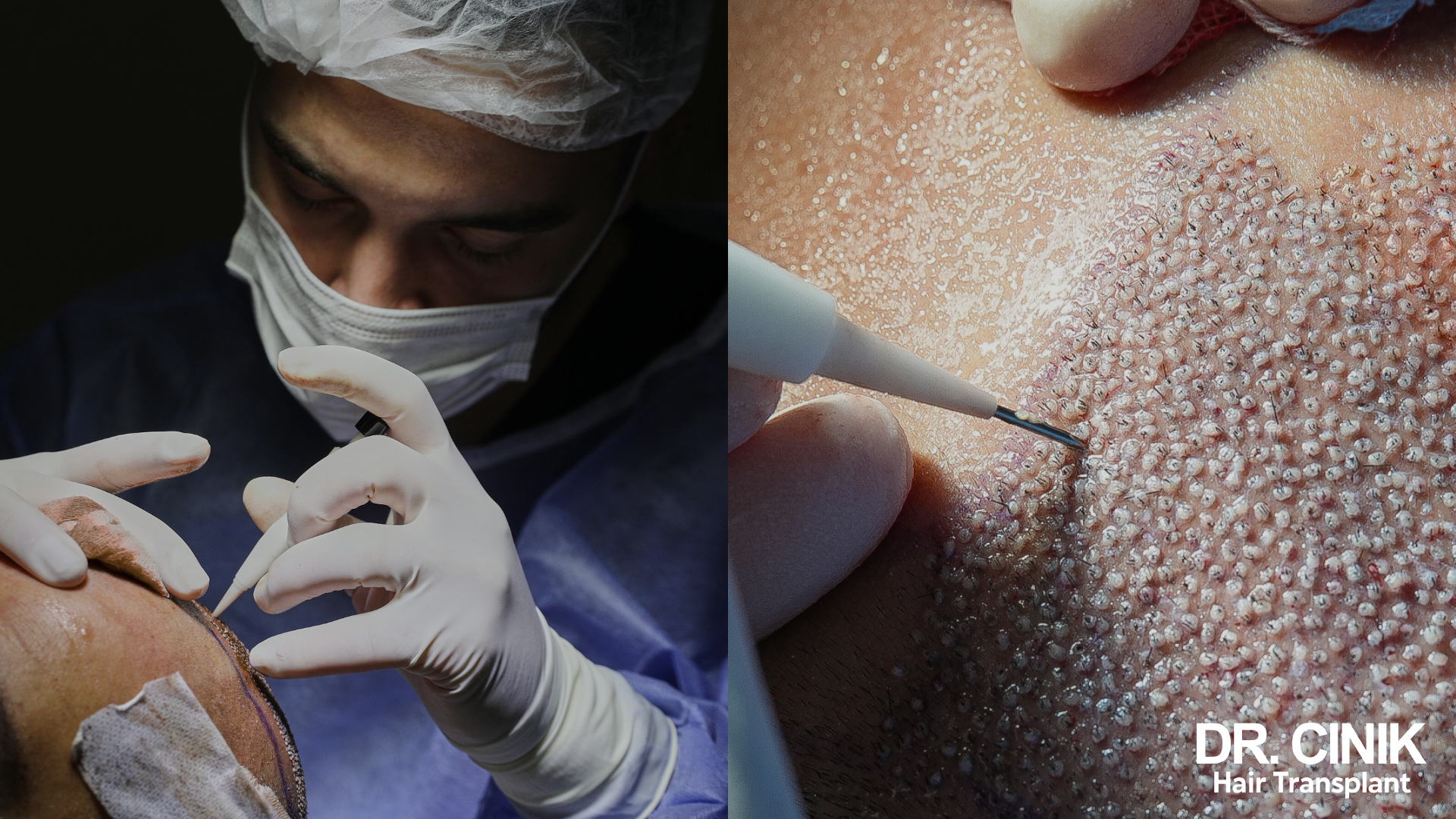
The choice between these methods depends on various factors, including donor area density, surface area to be covered, hair texture, and patient preferences. A qualified surgeon can advise the most appropriate technique after evaluating these elements.
Surgeon experience and training play a crucial role in the transplant’s success. An expert surgeon will adapt the technique to each situation to maximise results while minimising the risk of side effects or complications.
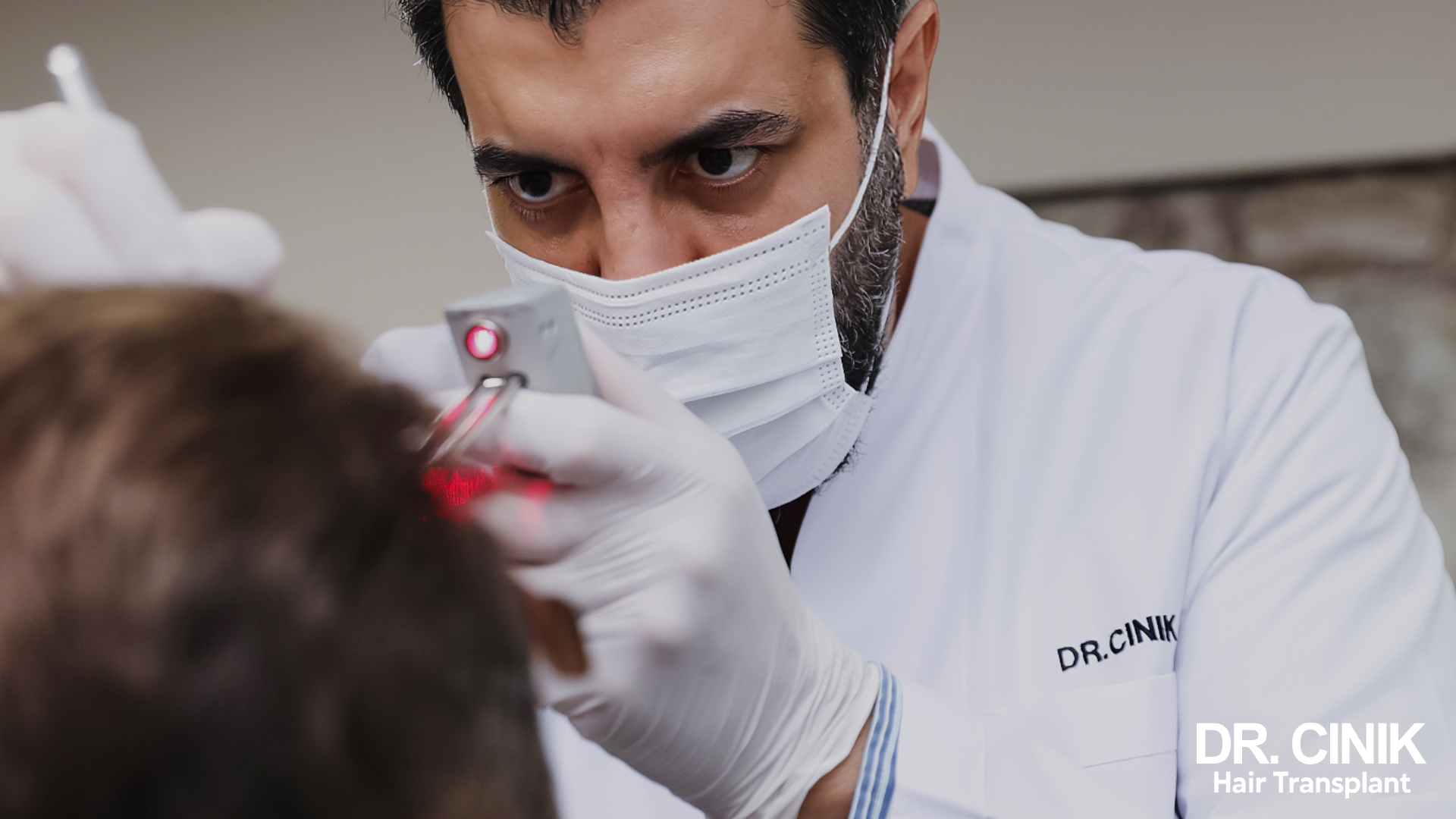
Many surgeons also recommend combining hair transplantation with other treatments, such as Platelet-Rich Plasma (PRP), which can stimulate healing and hair growth using the patient’s enriched blood plasma. This combination can accelerate recovery and strengthen transplanted follicle viability, providing a more comprehensive hair restoration solution.
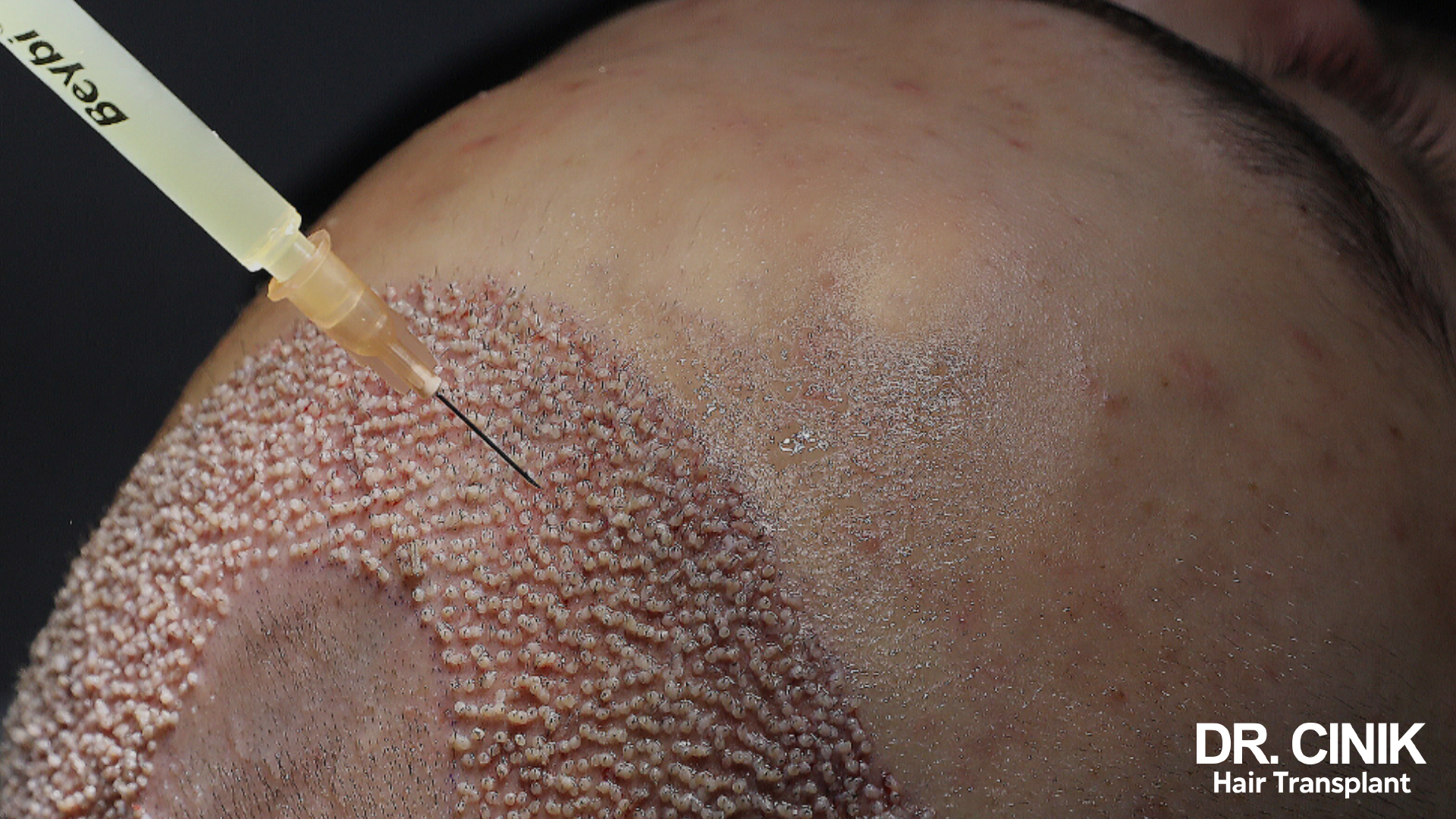
Making the Right Choice: Hungary or Turkey?
The decision between Hungary and Turkey for a hair transplant depends on several personal factors, the patient’s specific expectations, and their budget.
Hungary offers slightly higher prices than Turkish clinics, but surgeons are generally less experienced than their Turkish counterparts. Turkey is renowned for its quality and expertise, with surgeons often leading in innovation and application of new hair transplant techniques. It offers a wide choice of specialized clinics, and the extensive experience in caring for international patients provides an additional guarantee of confidence.
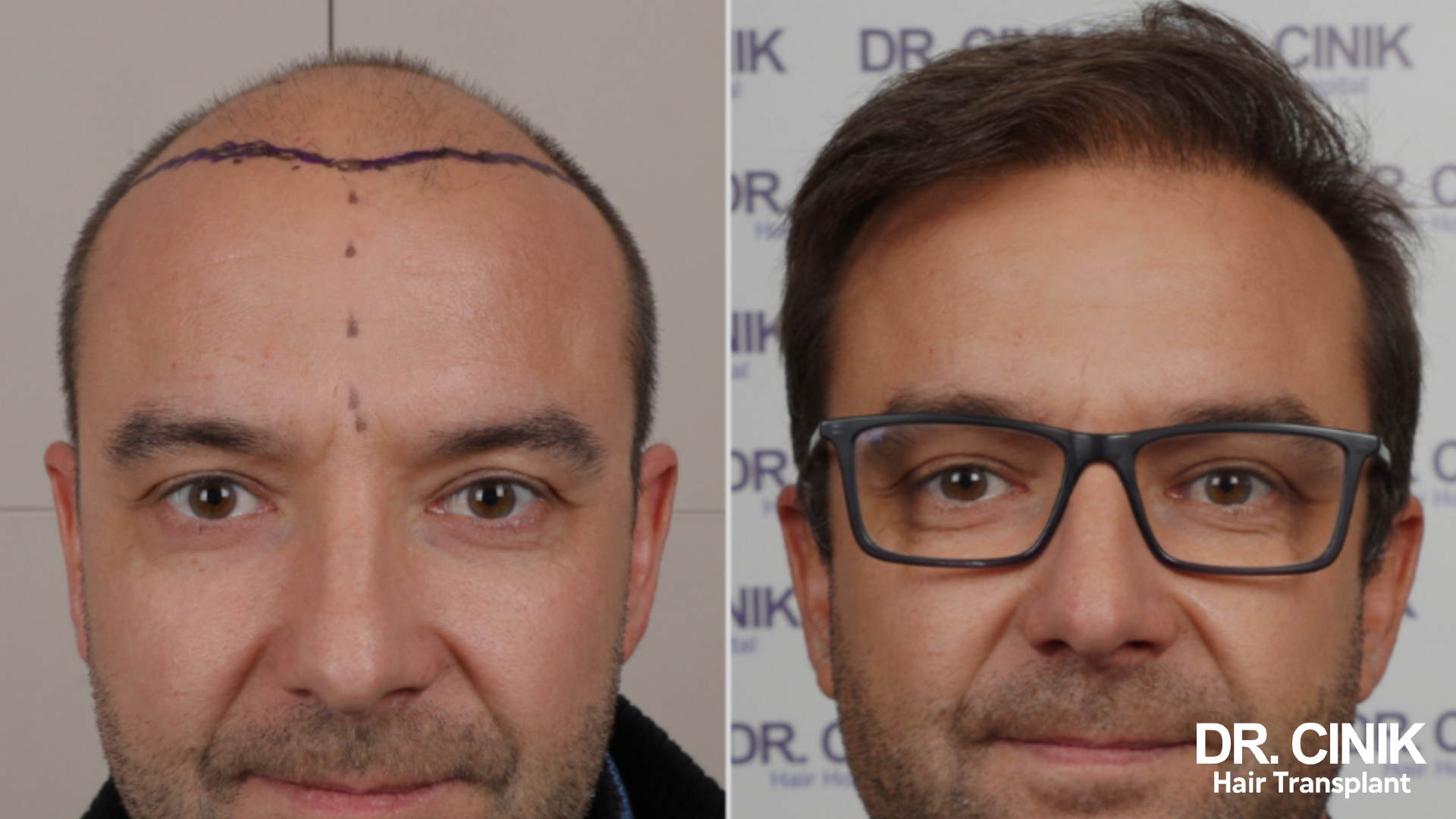
Regardless of the country, thorough research on clinics and surgeons is imperative. Base decisions not only on cost but also on the quality of care, techniques used, and surgeon expertise.
Look for reviews from patients with similar procedures, especially those with comparable hair texture and loss patterns. Request before and after photos of other patients and case studies to gauge possible results.
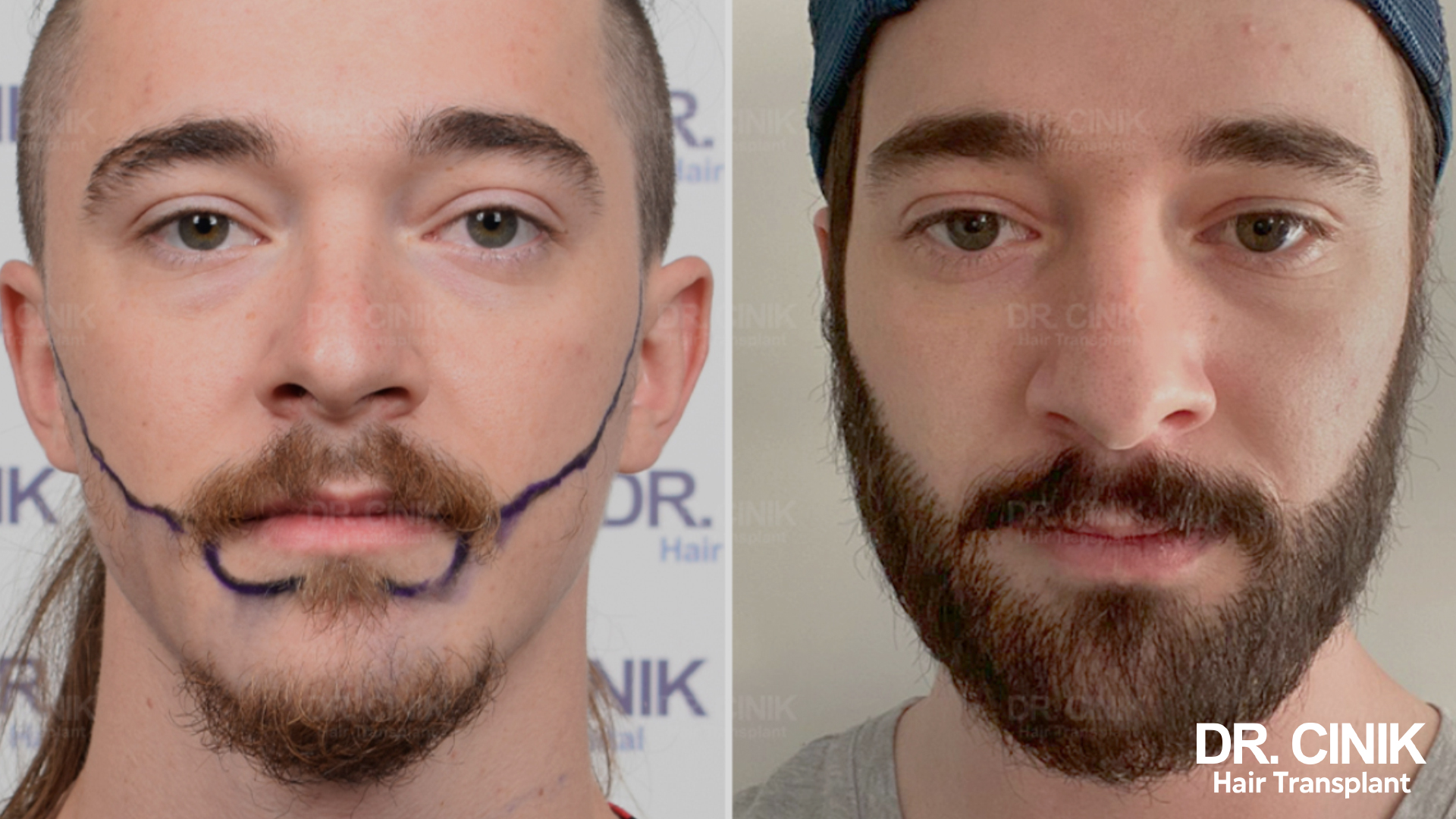
Ensure easy communication with clinic staff and access to all necessary information in a language you understand.
Finally, confirm that adequate aftercare is included in the treatment plan, as it plays a crucial role in the long-term success of hair transplantation.
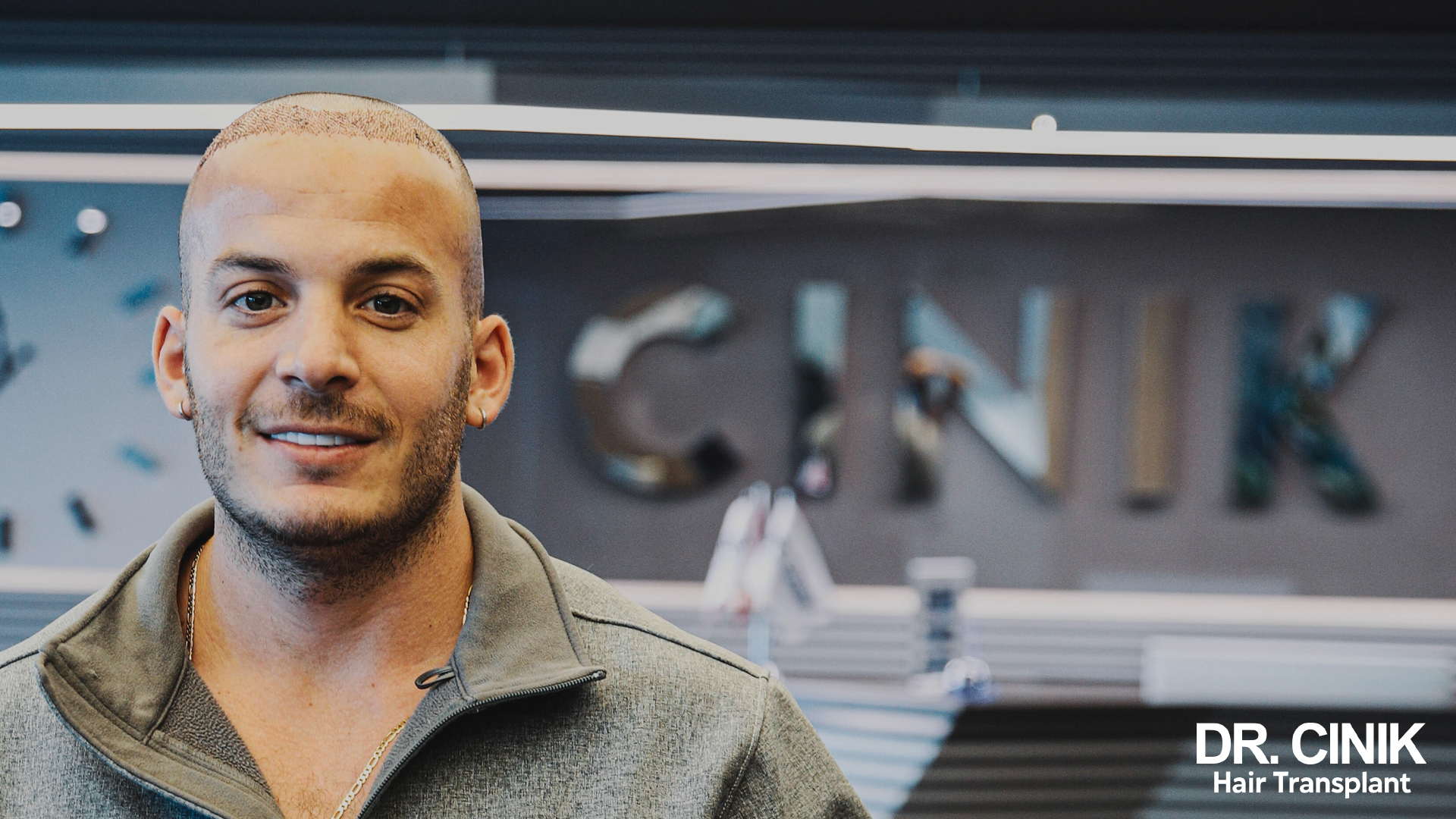
 en
en

